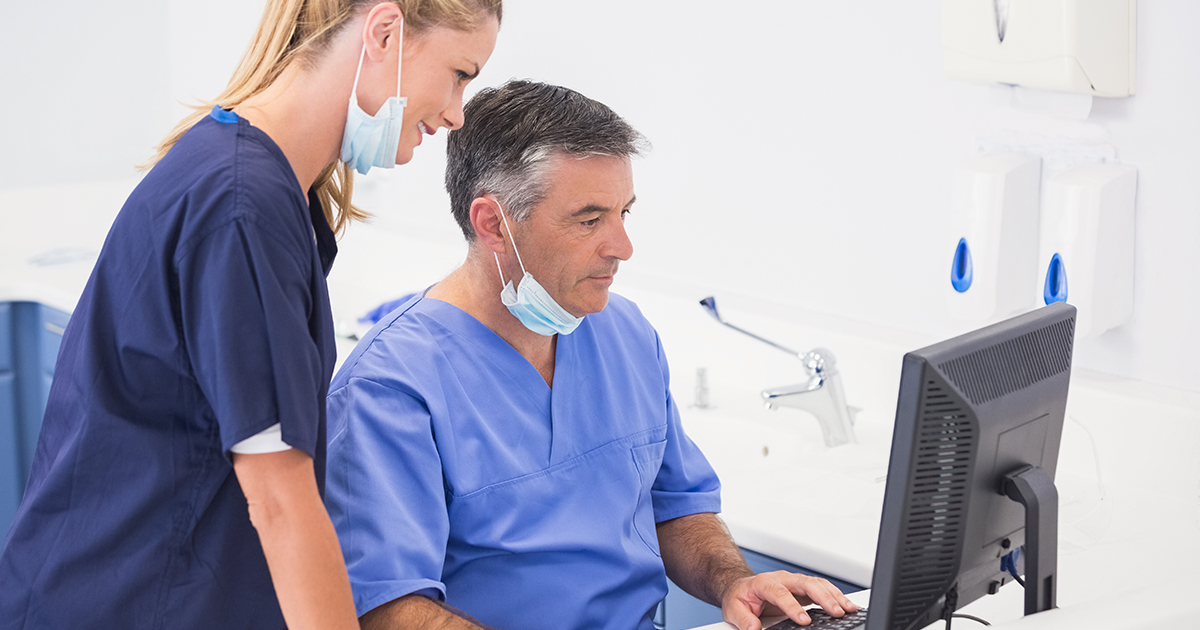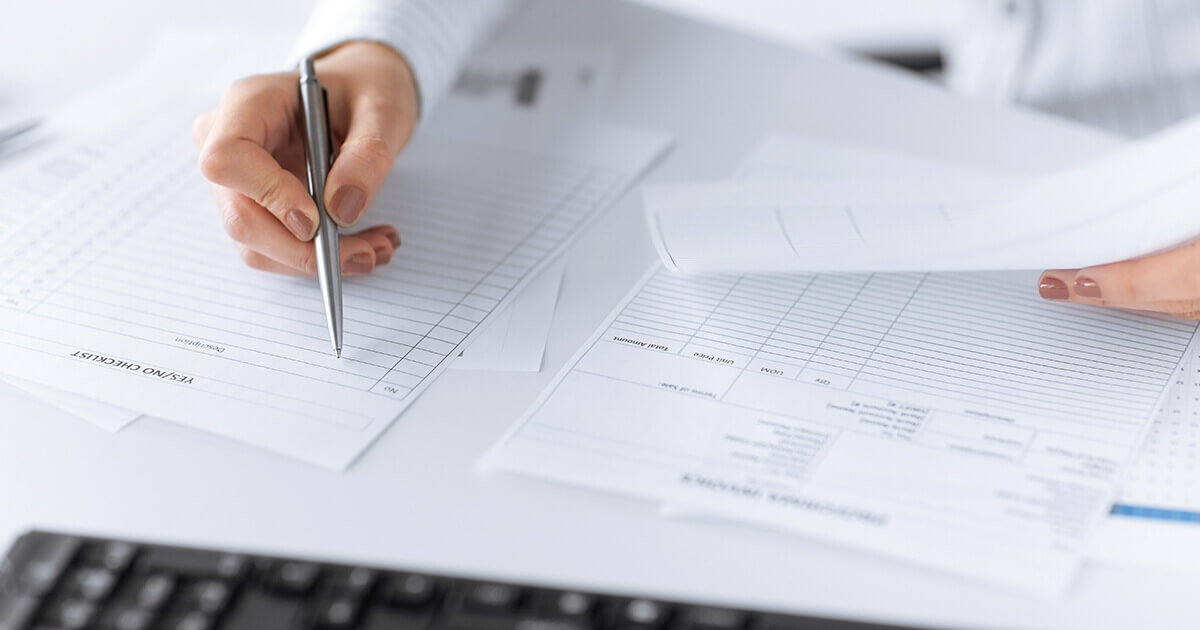Should You Sell Your Accounts Receivable?
The short answer to this question is yes, it is a good idea to sell your accounts receivable if both parties agree and the price is carefully evaluated. The reasons for transitioning the accounts receivable are related to supporting a seamless transition for the Selling Doctor and the Buying Doctor and the patients.
Why Should You Sell Your Accounts Receivable in a Dental Practice Transition?
From the patient’s perspective, it is much easier to receive one bill from the practice, rather than two separate bills (i.e., one from the Seller and one from the Buyer). As a result, it is also an opportunity for the Buyer to have an interaction with patients via the statement to communicate something attractive about the practice transition or a special clinical offer. 
From the Seller’s perspective, it is a much cleaner ending financially. With the accounts receivable sold in the dental practice transition, all the payments coming to the practice, over the counter and in the mail, belong to the Buyer. The Seller may have to deposit a few checks and reimburse the buyer from time to time. The most interesting way bankers have resolved the issue of the check being made out to the seller but is due to the buyer is as follows:
Documenting Entity Names for the Bank
The buyer temporarily adds a d/b/a name to the end of the buyer’s entity name at the secretary of state’s office. For example: John Q Samuel DDS = Seller, Lisa Marie Hardin DMD = Buyer. The d/b/a addition accepted by most banks is Lisa Marie Hardin, DMD P.C. d/b/a John Q Samuel, DDS. After the need for the Buyer and Seller to use this d/b/a, has passed, it is removed from the buyer’s registered name at the secretary of state site.
Most banks will accept documentation from the Purchase Agreements, the Bill of Sale, or General Conveyance. This will help allow the Buying dentist to deposit endorsed checks made out to the previous owner.
The Cost of an Accounts Receivable Collection
In any practice, accounts receivable collection has inherent costs associated with processing A/R. The major ones are as follows: electronic statements or paper statements, electronic claims (or in rare cases manual insurance claims), postage, labor, phone calls, secondary insurance submission and communication time with the patients or account holders.
Most studies show this internal collection cycle costs anywhere from 5-12%, which is a conservative, reasonable range. Some studies purport a cost of 15%, but too many fixed overhead costs are added to the equation. If an average of 8% is used for processing and a national average of an uncollectable debt percentage of 2% is used, the argument can be made that the Seller or the Buyer is going to spend approximately 10% to collect A/R. 
Convenience Fees
If a convenience fee of 5% is added, because it makes each of their post transition management tasks less complicated, the total value of the A/R might be 85% of total accounts receivable the day of closing. As a result, the credits would be subtracted on the day of closing as well.
The discount percentages are negotiated between the parties but most use discounts something close to 90% of the currents: 80% for 30-60, 70% for 60–90, 50% for 90-120, and 30% for over 120. Sometimes over 90 days are sold at zero cost, and sometimes the currents are sold at 98%. It depends on the practice, the condition of the A/R and the trust level between the parties.
Calculation of Receivables
Here is just one example of the calculation of receivables for illustration purposes:
| ABC DENTISTRY ACCOUNTS RECEIVABLE REPORT AS OF 12-30-2023 |
|
A/R Actual Total |
Discount |
A/R Calculation |
|
| Current |
$17,343.69 |
98% |
$16,996.82 |
|
| 30 days |
$8,773.25 |
90% |
$7,895.93 |
|
| 60 days |
$3,600.38 |
85% |
$3,060.32 |
|
| 90 days |
$1,604.26 |
50% |
$802.13 |
|
| 120 days |
$8,492.98 |
50% |
$4,246.49 |
|
| Subtotal |
$39,814.56 |
|
$33,001.68 |
82.9% |
| Less credits |
($4,000.00) |
|
($4,000.00) |
|
| |
|
|
|
|
| Totals |
$35,814.56 |
|
$29,001.68 |
|
Assess the Accounts Receivable
One more step is necessary to determine an accurate assessment of the A/R. Because the aging of the A/R needs to be considered, including an analysis of whether the account is performing (i.e., making timely payments). Most dental software does not account for payments being made; it only considers the timing of those payments.
The difference between the two is “true aging” and “delinquent aging.” True aging is solely based on time; delinquent aging is based on performance. Therefore, if an account is $1,000 and the patient is to pay $100 every month, in four months the account would be in the “Over 120 day” column. However, according to most financial institutions, the account would be current for making the agreed-upon payment.
Additionally, the step to properly analyze the accounts receivable will result in a win-win transition for both parties and immediately similar cash flow for the Buyer.
About the Author
Since 2003, Mr. Esposito has been instrumental in appraising and/or selling more than 1,012 professional practices. These have included general dental, pediatric, periodontal, endodontic, orthodontic, oral and maxillofacial surgery and some audiology practices. He has appraised and/or sold dental practices in dozens of states. Mr. Esposito is a qualified practice valuator, with membership in NACVA (National Association of Certified Valuation Analysts), IBA (The Institute of Business Appraisers), ADS, a national network of dental practice appraisers and brokers, and PVSG, (Practice Valuation Study Group).
LinkedIn | Facebook | Instagram



